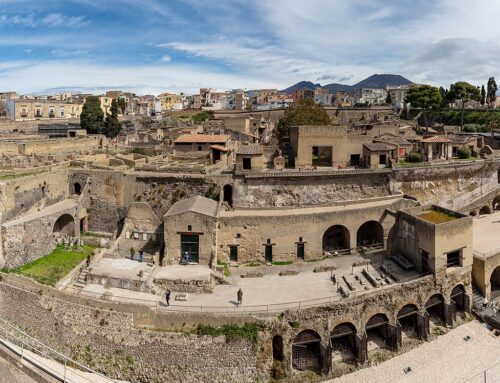Whereas modern concrete structures weaken and crumble in seawater, often within decades, Roman concrete seems to grow stronger in seawater. Some piers and breakwaters built at the dawn of the Roman Empire have endured for thousands of years. Now scientists are unlocking the secrets of how these ancient concretes have grown stronger over time, research that suggests that creating modern concretes the same way could not only build more durable structures but also generate much less of the global warming gas carbon dioxide.
In 79 AD, Roman naturalist and statesman Pliny the Elder wrote that when concretes of the day were exposed to ocean waves, they became “a single stone mass, impregnable to the waves and every day stronger.” Now [geoscientist Marie] Jackson and her colleagues find this ancient observation was correct — seawater helps Roman concrete heal and strengthen.
“It turns out a lot of the hunches that Roman authors had proposed for why these concretes set underwater actually have a basis in reality,” said classical archaeologist John Oleson at the University of Victoria in British Columbia, Canada….
The scientists used electron beams, X-rays from particle colliders and other tools to analyze samples of Roman concrete drilled from ancient harbors. Their findings suggest that when seawater percolated through pores within Roman concrete, it dissolved components of the volcanic ash, allowing new minerals to grow from the fluids. “We’ve discovered an unrecognized way in which these very long-lived concretes grow new mineral cements,” Jackson said.
See here another article from phys.org and here for the scientific paper.






Leave A Comment